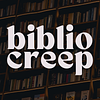You need to sign in or sign up before continuing.
Take a photo of a barcode or cover
The 24 Most Influential Horror Novels of All Time (Book Riot, 2022) - NEW VERSION
48 participants (24 books)
Overview
https://bookriot.com/most-influential-horror-novels/
Now more than ever, people are hungry for horror fiction. The 2010s and the 2020s have seen a rise in what is often referred to as “elevated horror” and/or “social horror” in film and novels. And while Stephen King has dominated horror for the past several decades, it seems as if we’re in the middle of a horror renaissance. Of course, King is going to remain at the top of the horror charts, but we’re also witnessing a new batch of horror authors rising to popularity. We’re hungry for horror, and it feels like the genre keeps getting better and better as it’s given more room to grow.
Now more than ever, people are hungry for horror fiction. The 2010s and the 2020s have seen a rise in what is often referred to as “elevated horror” and/or “social horror” in film and novels. And while Stephen King has dominated horror for the past several decades, it seems as if we’re in the middle of a horror renaissance. Of course, King is going to remain at the top of the horror charts, but we’re also witnessing a new batch of horror authors rising to popularity. We’re hungry for horror, and it feels like the genre keeps getting better and better as it’s given more room to grow.
But while innovative horror might feel new, it totally isn’t. Horror as a genre has been growing, changing, and influencing our culture for centuries. From early Victorian literature to new contemporary classics, here are the 25 most influential horror books of all time. These books make the list for the way they’ve redefined what horror means, opened up the doors to explore new possibilities, and influenced other authors to do the same. If you love horror, make sure you check out each and every one of the books on this list.
The 24 Most Influential Horror Novels of All Time (Book Riot, 2022) - NEW VERSION
48 participants (24 books)
Overview
https://bookriot.com/most-influential-horror-novels/
Now more than ever, people are hungry for horror fiction. The 2010s and the 2020s have seen a rise in what is often referred to as “elevated horror” and/or “social horror” in film and novels. And while Stephen King has dominated horror for the past several decades, it seems as if we’re in the middle of a horror renaissance. Of course, King is going to remain at the top of the horror charts, but we’re also witnessing a new batch of horror authors rising to popularity. We’re hungry for horror, and it feels like the genre keeps getting better and better as it’s given more room to grow.
Now more than ever, people are hungry for horror fiction. The 2010s and the 2020s have seen a rise in what is often referred to as “elevated horror” and/or “social horror” in film and novels. And while Stephen King has dominated horror for the past several decades, it seems as if we’re in the middle of a horror renaissance. Of course, King is going to remain at the top of the horror charts, but we’re also witnessing a new batch of horror authors rising to popularity. We’re hungry for horror, and it feels like the genre keeps getting better and better as it’s given more room to grow.
But while innovative horror might feel new, it totally isn’t. Horror as a genre has been growing, changing, and influencing our culture for centuries. From early Victorian literature to new contemporary classics, here are the 25 most influential horror books of all time. These books make the list for the way they’ve redefined what horror means, opened up the doors to explore new possibilities, and influenced other authors to do the same. If you love horror, make sure you check out each and every one of the books on this list.
Challenge Books
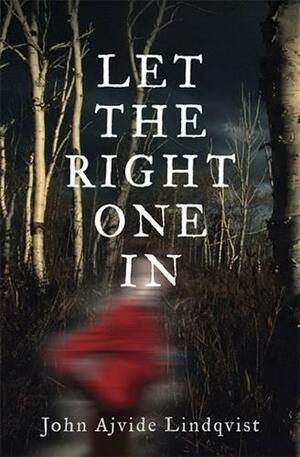
Let the Right One In
John Ajvide Lindqvist
Let the Right One In is a Swedish horror novel that has inspired many adaptations. There’s the 2008 Swedish film adaptation, the 2010 American adaptation Let Me In, the prequel comic book series, and an upcoming television adaptation from Showtime. The novel is a unique entry into the vampire canon for a few reasons. For one, the vampire at the center of the story, Eli, is a child and androgynous. The novel also deals with difficult subjects such as pedophilia, genital mutilation, self-harm, bullying, and alcoholism. Let the Right One In is a brutal story that doesn’t shy away from supernatural violence, but the novel also reflection on the horrors of real life. And yet, the heart of the story is the friendship between Eli and a 12-year-old boy named Oskar.
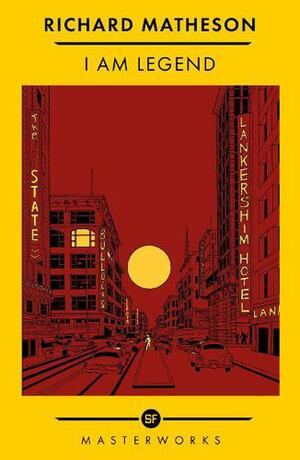
I Am Legend
Richard Matheson
Richard Matheson’s I Am Legend is considered the first modern vampire novel. The novel imagines a post-apocalyptic world that has been overcome with a disease that turns people into vampire-like creatures. Not only did this novel offer a new take on vampire fiction, but it also popularized the post-apocalyptic novel and the frightening concept of a world overcome with disease. The novel was later adapted into a film starring Will Smith. While the movie imagines a zombie apocalypse rather than one lead by vampires, the messaging of the story remains in tact: what makes us human? And what makes a monster?
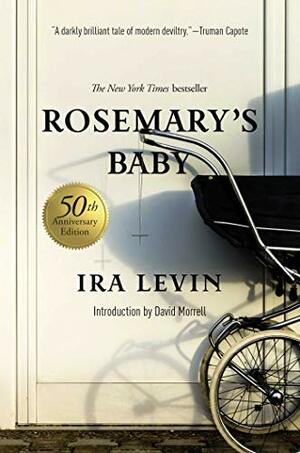
Rosemary's Baby
Ira Levin
Rosemary’s Baby in a 1967 horror novel by Ira Levin. The novel became the top bestselling horror novel of the 1960s and inspired a horror boom. The novel was wildly popular for the way it built tension and dread. The story is a slow burn with the true horror only really culminating in the final shocking pages. But Levin keeps readers hooked with real suspense and by drawing us into the paranoia of protagonist Rosemary. If you’ve seen other horror fiction that confronts the fear and horror of pregnancy and new motherhood, they have Rosemary’s Baby to thank for paving the way. And pretty much every slow burn suspense novel that has followed has taken a page from this masterfully constructed suspense story.
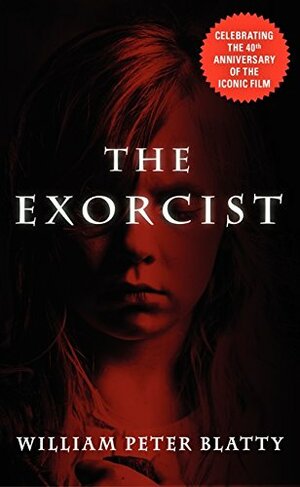
The Exorcist
William Peter Blatty
Love a good exorcism story? Then you have to go back to the original, William Peter Blatty’s The Exorcist. The novel was inspired by a real 1949 case of demonic possession and exorcism that Blatty heard about while he was a student at Georgetown University. Blatty’s novel became the blueprint for exorcist fiction, and Blatty’s film adaptation of The Exorcist went on to become one of the most influential horror films of all time.
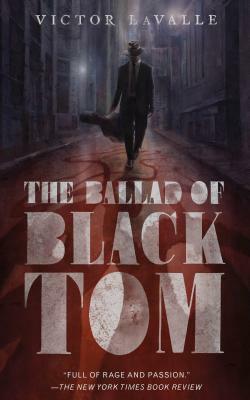
The Ballad of Black Tom
Victor LaValle
Sure, H.P. Lovecraft was incredibly influential to the horror genre, but he was also racist, so I would recommend you skip the original in this case. Instead, pick up Victor LaValle’s revisiting of Lovecraft’s “The Horror at Red Hook” from the perspective of a Black man. The Ballad of Black Tom has won multiple awards, including the 2016 Shirley Jackson Award and the 2017 Hugo Award for Best Novella. Critics have commended the novella for working as both a literary rebuttal to the racist works of Lovecraft while also standing on its own as a remarkable work of horror fiction.
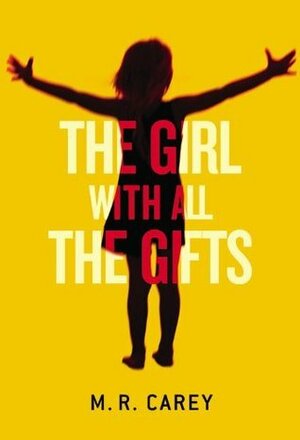
The Girl With All the Gifts
M.R. Carey
Have you ever sympathized with a zombie before? You might just after reading M.R. Carey’s The Girl with All the Gifts, another novel that has readers questioning what makes someone human and who the real monsters are. The sci-fi horror crossover imagines zombies as a fungal infection that has wiped out most of humanities. And while most horror imagines zombies as brainless creatures, Carey expands on zombie mythology. What if some zombies could think critically and fell emotions? Torie Bosch of Slate wrote that the novel “turns eating brains from the usual empty-calorie snack into a full, complex, palate-challenging meal.”
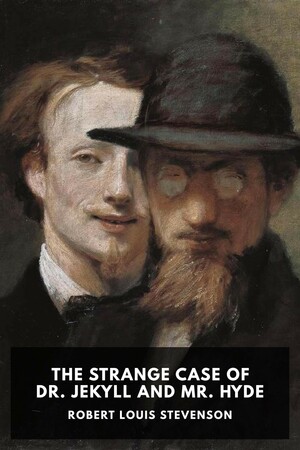
The Strange Case of Dr. Jekyll and Mr. Hyde
Robert Louis Stevenson
While Dr. Jekyll and Mr. Hyde isn’t technically a werewolf story, Robert Louis Stevenson’s classic Victorian gothic novella might just be one of the earliest werewolf stories out there. After all, when Jekyll transforms into Hyde, he becomes a wild monster of a man who cannot control his actions. The novel, like many werewolf stories, explores the duality of human nature, the public side we present to the world and our desires and deepest truths that we hide from the world. This story remains widely read and widely recognized to this day. After all, losing all control over your secret self? What could be more horrifying than that?
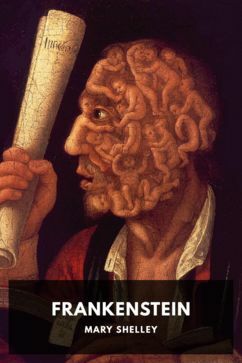
Frankenstein
Mary Shelley
In 1818, Mary Shelley anonymously published the novel Frankenstein, and the world would never be the same. The author was only 20 years old when the book was published. While the story contains many Gothic horror elements, it’s also monumental for being one of the first science fiction stories. What makes this story so timeless? Patricia MacCormack, Professor of Continental Philosophy at Anglia Ruskin University, says, “Shelley’s dealing with the same themes the Greeks were dealing with…It’s the idea of asking your maker what your purpose is. Why are we here, what can we do?”

It
Stephen King
It should come as no surprise that the “King of Horror” would show up again on this list. It is one of Stephen King’s most popular novels, in no small part because of the story’s antagonist, Pennywise, who most often appears to its victims as a clown. King says he got the idea for Pennywise when he was trying to think of what scared kids the most, and he also thought of the character as a troll stalking the sewers, reminiscent of the classic “Billy Goats Gruff” story. While clowns might have been scary before, after King’s IT hit the scene, clowns would never been seen the same again.

Ring
Kōji Suzuki
Ghost stories have long been a tradition of Japanese storytelling, at least since the Heian period, from 794 to 1185. And now, contemporary Japanese horror novels and movies are extremely popular around the world. And western authors and filmmakers — especially American filmmakers — are constantly borrowing from Japanese horror. One of the most influential Japanese horror novels? Kōji Suzuki’s Ring, which would later inspire a popular film franchise in both Japan and the United States. The novel has also inspired multiple manga adaptations.
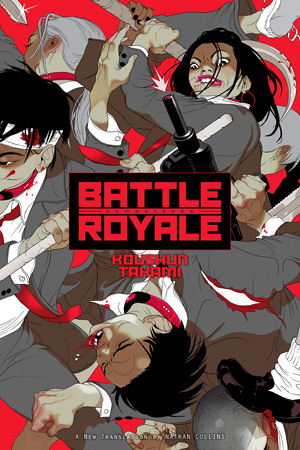
Battle Royale: Remastered
Koushun Takami
Koushun Takami’s 1999 novel Battle Royale is one of the most influential and most controversial Japanese horror novels of all time. Quentin Tarantino named Battle Royale as a major inspiration for his film Kill Bill. Although Suzanne Collins has denied getting the idea for The Hunger Games from Battle Royale, fans have been quick to point out that the two stories are strikingly similar. Most recently, Battle Royale became the influence for the wildly popular television series Squid Game. Creator Hwang Dong-hyuk noted specifically that the Battle Royale manga has a huge influence on the Squid Game series.
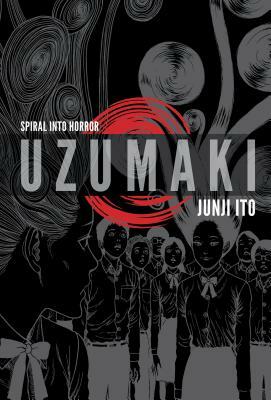
Uzumaki
Junji Ito
No conversation about Japanese horror would be complete without mention of Junji Ito, the mastermind behind many strikingly horrifying comics and graphic novels. Ito’s Uzumaki is worth noting for its popularity, its critical acclaim, and its lasting influence on the horror genre. Uzumaki has also been translated in multiple languages and adapted into a live action horror film. The story is an unsettling one about a town obsessed with spirals, but what really sticks with readers is Ito’s haunting images, which Ito says are inspired in part by visual artists like H.R. Giger and Salvador Dali.
